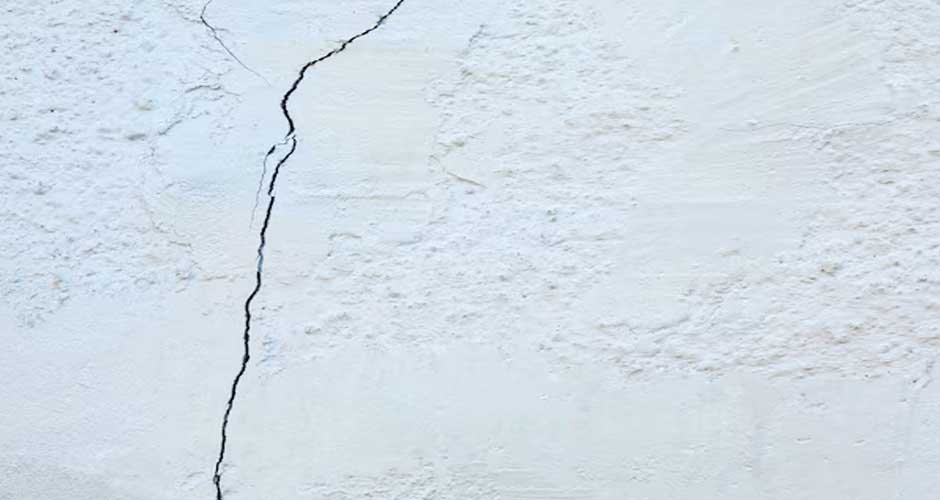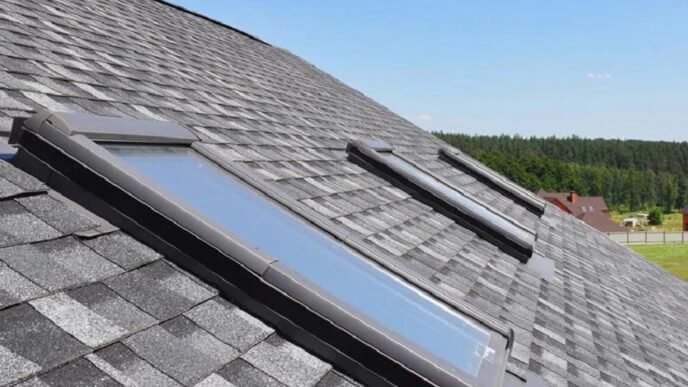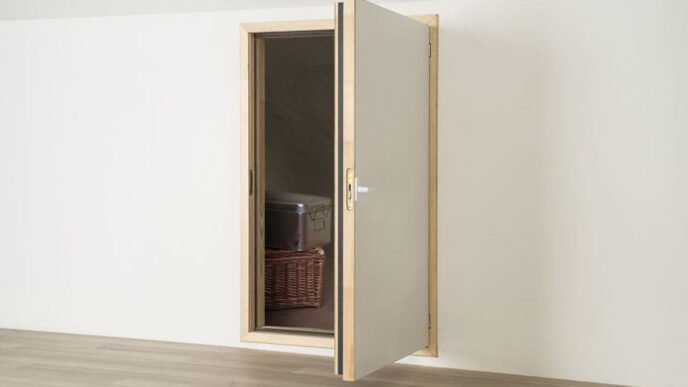Ever noticed a crack in your wall and felt a twinge of panic? You’re not alone. Wall cracks are pretty common in homes, but figuring out if they’re a big deal or just a cosmetic nuisance can be tricky. While some cracks are harmless, others might signal deeper issues that need professional foundation crack repair to prevent more serious damage down the line.
In this article, we’ll discuss the different types of cracks, how to tell if they’re serious, and what you can do about them. By the end, you’ll be better equipped to decide whether that crack needs a pro’s attention or if it’s just part of your home’s character.
KEY TAKEAWAYS
- Not all wall cracks are serious, but some types can indicate structural problems.
- Size, location, and progression of cracks are crucial factors in assessing their severity.
- DIY monitoring is possible, but professional help is needed concerning cracks.
- Addressing the underlying causes of cracks is key to preventing future issues.
Types of Wall Cracks and Their Causes
Not all wall cracks are created equal. Some are harmless, while others might be waving red flags about your home’s structure. Let’s break down the most common types:
Hairline cracks are usually no biggie. They’re often caused by your house settling or the natural aging process. Diagonal cracks, on the other hand, might be hinting at foundation issues. Vertical cracks could mean your foundation is settling or that the wall is expanding and contracting with temperature changes.
Horizontal cracks, especially in basements, are the ones you need to watch out for—they could signal serious structural problems. And if you spot stair-step cracks in brick or masonry, your foundation might be on the move.
Assessing the Severity of Wall Cracks
So how do you know if a crack is just a cosmetic flaw or a sign of bigger troubles? Size matters here. Cracks wider than a quarter-inch are usually more concerning than smaller ones. Where the crack is located is important too —a crack in a load-bearing wall is more worrisome than one in a regular wall.
It’s also smart to play detective with your cracks. Are they new or have they been around for a while? Multiple cracks popping up at once is more alarming than just one isolated crack.
Keep an eye out for other clues too, like walls that are bulging out, doors that suddenly won’t close right, or floors that seem to be sloping. If you notice any of these, it might be time to call in the pros.
Red Flags for Serious Problems
While not every crack spells disaster, some red flags shouldn’t be ignored. If you’ve got cracks wider than 1/4 inch or ones that seem to be growing faster than your kids, it’s time to pay attention. Cracks that let water seep in or allow you to see daylight through them are cause for concern.
Horizontal cracks in your basement or foundation walls are another big no-no. They could mean your wall is under too much pressure from the outside. If you notice your wall is starting to bow or bulge along with the cracks, that’s even more reason to worry.
And if you suddenly see a bunch of new cracks after something like an earthquake or nearby construction work, don’t brush it off. These could all be signs that your home’s structure needs some TLC.
DIY Inspection and Monitoring Techniques
You don’t need to be a structural engineer to keep tabs on your wall cracks. With a few simple tools like a measuring tape, level, and marker, you can play home inspector.
Start by measuring the width and length of the crack and jotting it down. Then, check back every few weeks to see if it’s grown. For a more precise way to track changes, you can use crack gauges or tell-tales.
These nifty devices can show you even tiny movements in the crack over time. It’s also a good idea to check if your walls are still straight using a level. Just remember to be careful if you’re checking cracks in high or hard-to-reach spots—your safety comes first!
Professional Assessment and Repair Options
Sometimes, DIY just doesn’t cut it. If you’re dealing with cracks that are getting bigger, letting in water, or coming with other worrying signs, it’s time to call in the experts. A structural engineer or foundation specialist can give you the lowdown on what’s really going on with your walls.
They might recommend fixes like injecting epoxy into narrow cracks or stitching larger ones. For foundation issues, they might suggest underpinning—a fancy term for reinforcing your foundation.
Keep in mind that these repairs can get pricey, but they’re often worth it to keep your home safe and sound. The key is to fix the root cause, not just patch up the symptoms. That way, you’re less likely to see those cracks make a comeback.
Wrapping It Up
Cracks in your walls don’t always mean your house is falling apart, but they shouldn’t be ignored either. By keeping an eye on them and knowing when to call for help, you can catch problems early and keep your home standing strong.
Remember, a little vigilance goes a long way in maintaining your home’s structural integrity. Stay observant, and don’t hesitate to get professional help if you’re unsure about a crack’s significance.
This is sponsored post.












